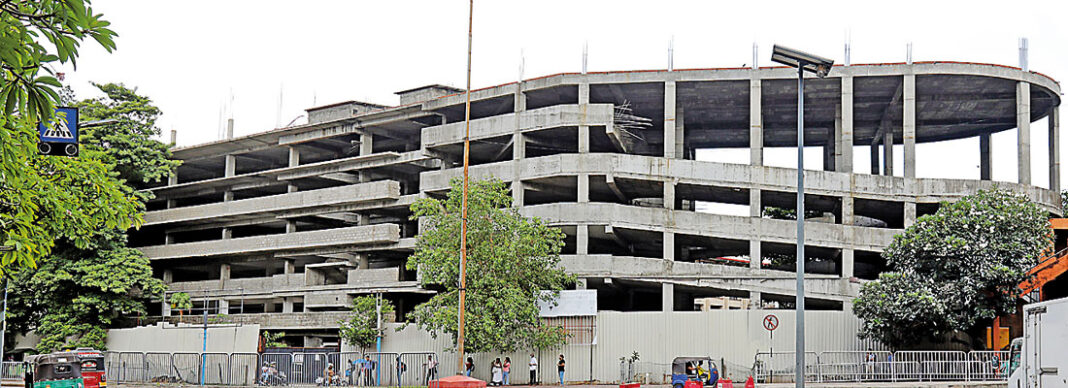Sri Lanka’s ambitious construction agenda for 2025 is crumbling under the weight of delays, mismanagement, and financial shortfalls. Despite bold promises and massive budget allocations, progress has been painfully slow—raising serious questions about governance and accountability.
Five Projects Completed, 74 Still in Limbo
Out of 79 government construction projects scheduled for completion this year, only five have been finished and handed over. The remaining projects are either stalled or crawling forward, according to Sri Lanka Builders’ Association Chairman Susantha Liyanarachchi.
Speaking to the Daily Mirror, Liyanarachchi revealed that 21 government-funded projects, six foreign grant initiatives, and 10 projects financed through local loans have ground to a halt. “The situation is alarming,” he said, pointing to systemic flaws in planning and execution.
Billions Allocated, But Where’s the Money?
The 2025 Budget earmarked Rs. 1,315 billion for capital investment in construction—roughly four per cent of GDP. Yet, there is no transparency on how these funds have been disbursed. The total allocation for the 79 projects stands at Rs. 3.3 trillion, later topped up with an additional Rs. 1.3 trillion. Contractors are still waiting for Rs. 32.6 billion due in the first quarter of 2025.
Foreign-funded projects have been hit hardest. Of the US $5,465 million worth of contracts signed by September 2022, only US $500 million has been paid. Domestic projects show a progress rate of 71.93%, while foreign-funded ventures limp along at just 26.53%. Ninety-six ongoing projects have now been slapped with a “red code” for failing to meet expectations.
2026: More Projects, Bigger Budgets
Despite the dismal performance, the government is pushing ahead with new proposals for 2026. The upcoming Budget allocates Rs. 10,500 million for the Central Expressway Phase 3 (Pothuhera–Galagedara and Galagedara–Rambukkana), Rs. 66,150 million for Phase 1 (Kadawatha–Mirigama), Rs. 1,000 million for the Kurunegala–Dambulla Road, and Rs. 31,000 million for a five-year hospital modernisation plan.
Ratnapura Expressway: A Case Study in Waste
The Ratnapura Expressway project epitomises the chaos. Launched in 2014 with Cabinet approval and a selected contractor, the project never moved forward. The contractor is now claiming Rs. 14,000 million in lost profits.
Land acquisition has been equally problematic. Rs. 1,500 million was allocated to acquire 25 km of land for the expressway from Kahathuduwa to Ingiriya. In 2016, Rs. 9.4 billion was set aside to acquire 2,910 plots for Phase 1—but only 849 plots were taken over. The Bank of Ceylon, which signed a loan agreement with the contractor, failed to pay Rs. 2,512 million by April 2022, triggering compensation claims after the project was halted in October 2022.
A Bleak Financial Outlook
The numbers paint a grim picture. State expenditure for 2026 is projected at Rs. 8,980 billion, while income is only Rs. 5,305 billion—leaving a deficit of Rs. 3,675 billion. Tax revenue stands at Rs. 4,850 billion, but the heavy tax burden has crippled the construction industry.
Call for Reform
Liyanarachchi urged the government to protect small and medium-scale builders by offering more opportunities in education, health, irrigation, and rural road projects. “Proper financial planning is essential before starting construction work,” he stressed. Mismanagement, he warned, creates severe hardships for builders and drains public resources.
He called for an amendment to the Ministry of Construction’s expenditure head to establish a programme aimed at strengthening the industry—a move that could restore confidence and revive growth.
( With the inputs from Daily Mirror)
